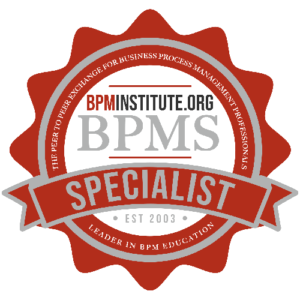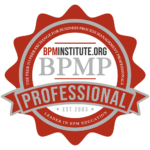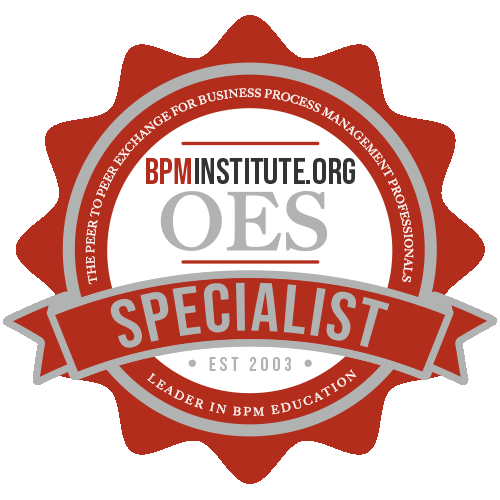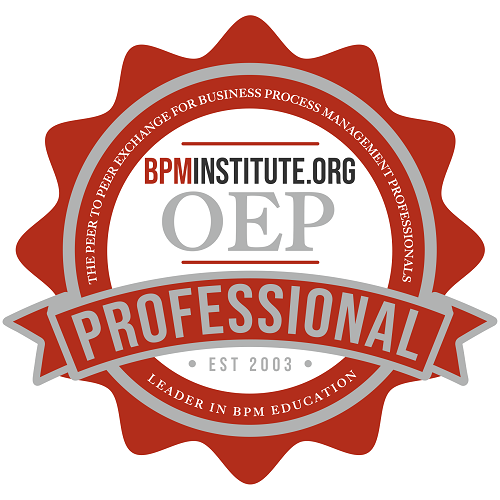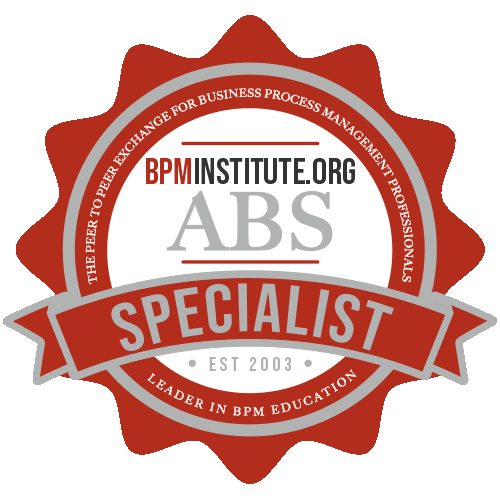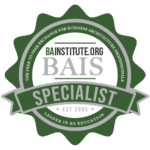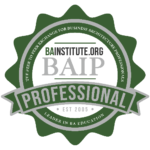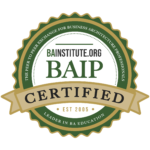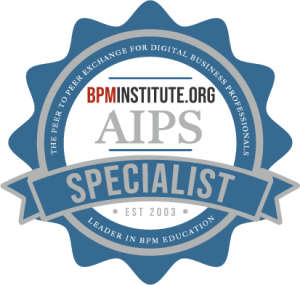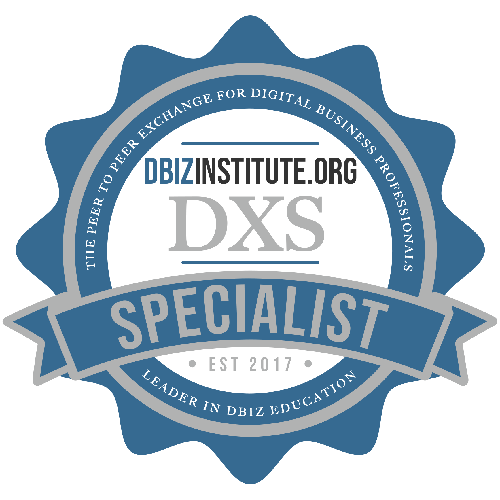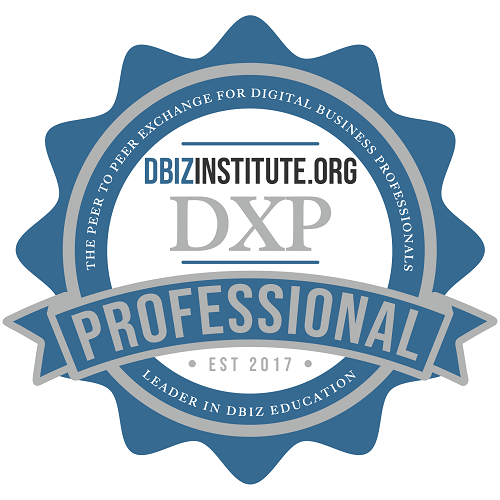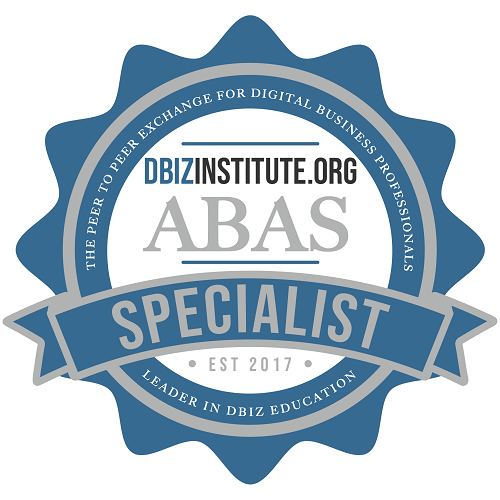For many organizations, Business Process Management (BPM) focuses on mapping existing workflows, identifying bottlenecks, and boosting efficiency. Yet as operations grow more complex—especially in regulated industries such as healthcare, finance, or government—some practitioners seek more rigorous frameworks to manage increasingly intricate process designs. Enter BPM+, a standards-based approach that extends BPM into a realm of formal modeling and interoperability. But rather than replacing traditional BPM practices, BPM+ can coexist and enhance them, ensuring that even the most complex workflows remain both auditable and adaptable. In this article, we’ll explore how BPM+ and BPM complement each other, the practical benefits of combining both, and how to decide when and where BPM+ might be the right fit.
What Is BPM+?
BPM+ is more than just an abbreviation; it’s a collection of standards and best practices that leverage existing modeling notations such as BPMN (Business Process Model and Notation), DMN (Decision Model and Notation), and CMMN (Case Management Model and Notation). These frameworks are designed to bring clarity and rigor to complex process environments, allowing for detailed documentation of decisions, workflows, and case handling within a single cohesive system.
- BPMN: A graphical notation that visualizes process flows and interactions between different roles.
- DMN: A notation for specifying and analyzing decisions, providing a clear, rule-based approach.
- CMMN: Useful for handling unstructured or semi-structured processes—cases where the sequence of actions may change depending on context.
While many traditional BPM initiatives touch on these notations, BPM+ emphasizes using them in a standardized, interoperable way, often with specific guidelines for particular industries. The goal? Ensure that processes are not only optimized but also documented at a level that satisfies regulatory, technical, and cross-organizational collaboration needs.
Why Combine BPM and BPM+?
- Enhanced Precision:
Traditional BPM efforts might rely on general process maps or high-level flowcharts. By adding BPM+ frameworks, you gain a standardized way of modeling decisions, sub-processes, and case management scenarios. The level of detail can help prevent ambiguity—crucial in settings where errors or inconsistencies can carry serious consequences. - Greater Interoperability:
Large enterprises often have multiple teams designing workflows for different tools or software platforms. BPM+ sets guidelines for how BPMN, DMN, and CMMN diagrams should be structured, making it easier to exchange process models across departments or even with external partners. - Regulatory Compliance:
Sectors like healthcare or finance frequently demand proof of compliance. BPM+ offers a formal, transparent way to document decisions and handle exceptions, which can streamline audits and speed up certification processes. - Scalability:
As organizations grow, so do the complexities of their workflows. BPM+ provides a more systematic framework for scaling processes across multiple teams, locations, or IT systems, ensuring consistency even when operations become globally distributed.
Key Areas of Synergy
- Decision Management:
Classic BPM often focuses on task sequences, but decisions—like determining eligibility for a claim or approving a loan—can be as critical as the tasks themselves. By integrating DMN into BPM projects, you can separate and clearly document decision logic, making it easier to maintain and update rules over time. - Case Management:
Many real-world processes don’t follow a strict linear flow. CMMN accommodates dynamic, event-driven workflows where steps unfold differently depending on context. BPM+ merges these flexible case models with traditional BPM, handling both structured and unstructured tasks in the same environment. - Governance and Oversight:
BPM+ encourages rigorous version control, collaborative modeling, and shared repositories. These elements foster better governance by ensuring that any change to a process or decision logic is tracked, reviewed, and aligned with overarching business objectives.
Considerations for Implementation
- Assess Complexity:
Not every process requires the advanced modeling rigor of BPM+. If you’re dealing with straightforward workflows that rarely change, standard BPM approaches may suffice. Reserve BPM+ for areas where a high level of detail or compliance is necessary. - Invest in Training:
BPM+ frameworks rely on notations like BPMN 2.0 and DMN, which have their own syntax and best practices. Ensure your team receives adequate training or certification, so they can consistently produce high-quality models. - Collaborate Across Teams:
Because BPM+ encourages a unified approach to workflow, decision, and case modeling, it often involves multiple departments—IT, compliance, operations, and more. Foster cross-functional collaboration early to avoid siloed efforts. - Pilot Before Scaling:
As with any major process initiative, start small. Choose a high-impact, but contained, use case. Validate your BPM+ approach, gather lessons learned, and refine your governance model before rolling it out enterprise-wide.
Real-World Example
Imagine a healthcare system that manages patient intake, diagnosis, treatment planning, and billing across several facilities. Basic BPM might streamline patient check-in or reduce wait times. However, the complexities of diagnosis guidelines, insurance rules, and medical case handling demand a more formalized system:
- BPMN for outlining cross-departmental workflows (from lab tests to specialist referrals).
- DMN for automating insurance coverage decisions and selecting treatment protocols.
- CMMN for handling unique patient cases where multiple variables (e.g., comorbidities, family history) influence care paths.
By weaving these frameworks together under BPM+, the healthcare provider ensures consistent care standards, speeds up administrative processes, and maintains an audit trail—key for both patient safety and regulatory compliance.
BPM+ and BPM are not competing methodologies but complementary forces that can revolutionize how complex organizations run processes. Standard BPM principles bring focus to optimization and efficiency, while BPM+ adds a robust layer of formal modeling, decision management, and case handling. Together, they empower teams to handle both routine workflows and intricate, ever-evolving scenarios with precision and transparency. Whether you’re in a highly regulated industry or simply looking to future-proof your process architecture, combining BPM with BPM+ can lead to more scalable, compliant, and strategically aligned operations.




